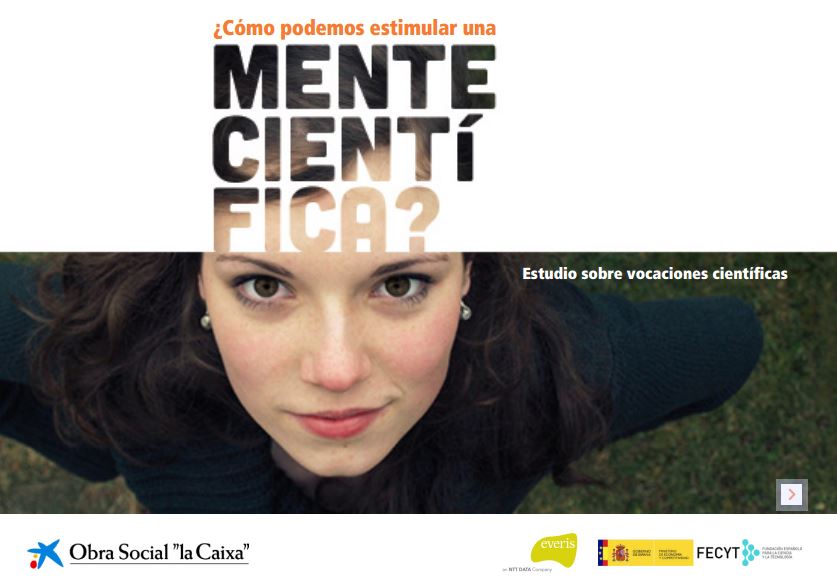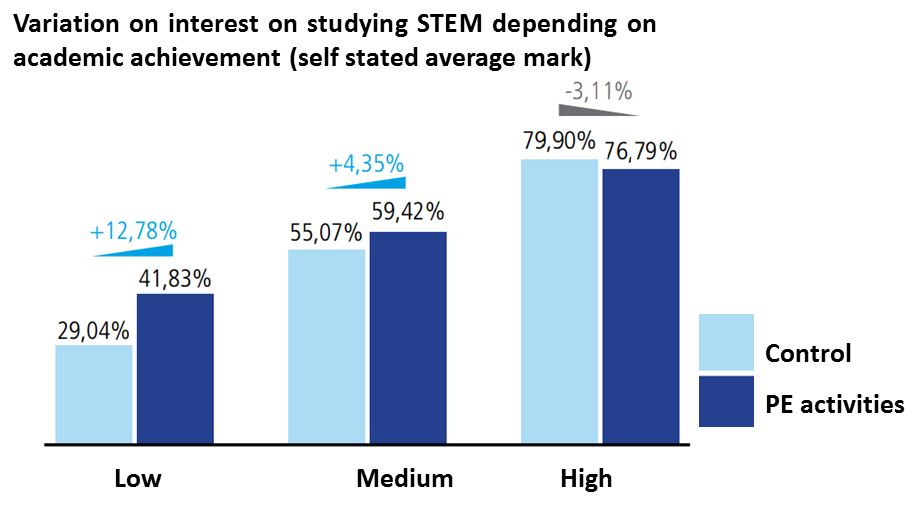Fair access has been at the heart of what we do at I’m a Scientist. One of our long term goals is to increase the number of widening participation schools taking part in our projects. To do this, the first question we asked ourselves was: What is a widening participation school? But now we have yet another question: is it worth it?
Our instinct tell us it is, but is there any evidence that bringing STEM activities to those hard to reach students improves their attitudes to science or the likelihood to enrol in a STEM career?
We’ve looked for this evidence and we’ve found a very nice piece of research carried out by the Spanish Foundation for Science and Technology (FECYT, by its Spanish acronym) with the help of 1,565 Y10 and Y11 students from 36 schools in Barcelona and Madrid.
The students came from different socioeconomic sectors: 12% were from a high socio-economic background, 60% from a middle one and 28% were from lower socio-economic background.
Half of the students participated in two science communication activities: a workshop and a talk, and the other half were the control group. The students in the experimental group filled in a questionnaire, then took part in workshop, took a second survey, listened to a science talk, and filled in a third survey at the end. The students in the control group took the same 3 surveys at the same time as the other group, but didn’t take part any of the outreach activities.
Impact of outreach on attitude towards STEM subjects is highest among students from vulnerable backgrounds, and those with lower grades
When they look at the change in the interest on studying STEM, they found out that students from lower socio-economic backgrounds improved their interest by 9.5%, whereas those from high socio-economic backgrounds improved it by 3% only.
Moreover, when they look at the changes in the interest on studying STEM depending on the students’ school performance; they found out that the interest increased the most (almost 13%) in those with the lowest grades. The interest for studying STEM actually decreased for the excellent students achieving high grades at school.
This tells us we are on the right path. We need to make sure we make our events available to everyone, especially those schools with more students from vulnerable socio-economic backgrounds and lower grades because it looks like outreach has the greatest effect on them.
Our definition of a widening participation school includes those where over 41% of students are eligible for free school meals (more likely to come from a vulnerable background), as well as schools in which less than 45% of students achieve A*–C grades in 5 of their GCSE exams.
In June 2015, 16% of the classes taking part in I’m a Scientist were from a school meeting the Widening Participation criteria above. In I’m an Engineer, 17% of the classes. In the following events we are going work to reach 30% of classes taking part meeting the WP criteria by the end of 2020. As usual, we’ll keep you updated on this.
Have you observed any of the above? Do you know any other related research? Please share your comments and let us know what you think.




